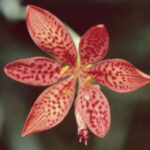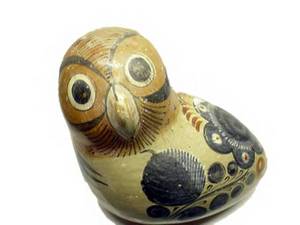The state tree of Iowa is the Bur Oak (Quercus macrocarpa). The bur oak is also known as blue oak, mossycup oak, mossy-overcup oak, and scrub oak. This North American native is common from Maine to the Dakotas, down to Texas and then back to Virginia. Mature trees reach a height of 100 feet with a trunk diameter of 3-4 feet. When planted with enough room to grow, their spread can reach 60-80 feet. The bur oak is hardy in Zones 3-8.
Bur oak prefers full sun, and rich moist soils, Trees grow taller in the wild when these attributes are present. The trees will grow in soil with limited nutrients, but the growth habit is more stunted, and the tree may appear as a shrub. The trees prefer slightly acidic to neutral soils. Bur oaks are not tolerant of flood conditions.
Bur oak is tolerant of city pollutants and is a good choice for a shade tree in urban parks and larger residential landscapes. These trees are popular street trees in some locations where there is enough width in the lawn extension for the root growth and canopy width. The fall leaf color ranges from an orange-copper color to various shades of yellow and is not considered showy
This long living tree can grow to be 200-300 years of age. The trees are 35 years old before they produce seed (acorns) and the germination rate is modest. This helps to explain the generous production of acorns by oak trees. The acorns on the bur oak have a thick cap with a furry trim. They are quite large, measuring 1 1/2 inches long. The dropped seeds require effort to remove in a maintained landscape if the squirrel population is not up to the task.
In the western states, like South Dakota, deer, cattle, horse, and sheep are known to eat the leaves and seedlings. Squirrels, ducks, blue jays, deer, and cows use the acorns as a food source. The bur oak provides nesting sites for birds including red-tailed hawks, screech owls, fox squirrels, and flying squirrels.
Oaks are harvested for timber. The bur oak is used commercially in dimensional boards for beams, furniture, and flooring. The lumber is also used for railroad ties.
Bur oak can be propagated from transplants or by seed. The trees are pollinated by the wind, usually with pollen from a neighboring tree. Bur oak trees are monoecious; having both male and female flowers on the same tree. It is recommended that young seedlings be transplanted in the spring rather than the fall as there is some sensitivity to freezing when young.
The bur oak has predators, but the damage is seldom serious. Gall can cause deformity on leaves and twigs. Scales, aphids, boring insects, caterpillars, twig pruner, spider mite, lace bugs, and leaf miners can be easily controlled by professional tree maintenance schedules.
Sources
Quercus macrocarpa, US Forest Service, http://www.fs.fed.us/database/feis/plants/tree/quemac/all.html
Quercus macrocarpa, University of Florida, http://hort.ufl.edu/trees/QUEMACA.pdf
Quercus macrocarpa, Virginia Tech, http://www.cnr.vt.edu/DENDRO/dendrology/syllabus/factsheet.cfm?ID=72
Quercus macrocarpa, Ohio State University, http://hcs.osu.edu/hcs/TMI/Plantlist/qu_carpa.html







